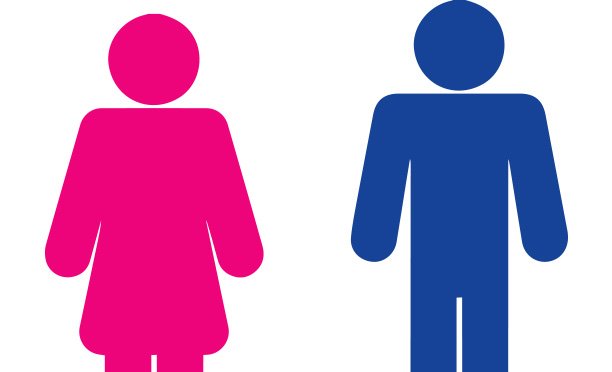Women living longer than men
Life expectancy has been increasing over the past two decades across the world with several nations in Sub sub-Saharan Africa rebounding from high death rate due to HIV/AIDS.
In Botswana women have a longer life expectancy than men, living to an average of 68.4 years compared to 63.6 for men. Between 2005 and 2016, death rates from HIV/AIDS decreased by 42% and malaria by 43% while Pre- birth complications and maternal disorders decreased by 30% and 29% respectively. However, this progress is said to be threatened by increasing number of people suffering health challenges related to obesity, high blood sugar, alcohol and drug abuse. This is according to a health research conducted at the University of Washington’s Institute for Health Metrics and Evaluation (IHME).
The study, which examined the Global Burden of Disease (GBD), injuries and risk factors, the years that one lives in good health and those that one lives with an injury or illness, analyzed 300 illnesses and injuries in 195 countries between 1990 and 2016. The results were published on Thursday in the journal, The Lancet.
For most countries, changes in healthy life expectancy for males and females between 1990 and 2016 were positive, but in dozens of others, including Botswana, Belize and Syria, healthy life expectancy in 2016 was not significantly higher than in 1990. Healthy life expectancy takes into account not just death rates but the impact of non-fatal conditions and considers years lived with disability and years lost due to premature mortality.
According to the study, in 2016 Botswana’s disease burden was found to arise from unsafe sex, high fasting plasma glucose, high systolic blood pressure, high body-mass index and alcohol use.
HIV, respiratory infections, diarrhea and tuberculosis were the diseases most prevalent among men. For women, lower respiratory infections (such as pneumonia and bronchitis), and congenital anomalies were the most prevalent illnesses. Congenital illnesses are conditions that one is born with, which can affect one’s development and general well-being.
Maternal and child Deaths
The study has also found that from 1980 to 2016, giving birth has gotten less safe for mothers in Botswana. The ratio of maternal deaths grew from 74 per 100,000 live births in 1990 to 118 in 2016. Globally, the ratio of maternal deaths fell 30% over the same time period, from 282 to 196 per 100,000 live births. One of the co-researchers of the study, Dr Charles Shey Wiysonge, said it was encouraging that Batswana are living longer. However, he lamented that the high number of maternal deaths, “have overshadowed significant gains against HIV/AIDS”.
Dr Wiysonge is a GBD collaborator from South Africa who serves as a Professor of Clinical Epidemiology at the Faculty of Medicine and Health Sciences, Stellenbosch University. Dr. Nicholas Kassebaum, Assistant Professor, IHME said, “in many nations, improvements in maternal health are accelerating, but in others, women face daunting challenges, including the absence of trained professionals to assist with pregnancy and childbirth, and deal with life-threatening emergencies. As a result, reproductive health care must be a higher priority, including the expansion and improvement of reproductive health and family planning services and, for complications in childbirth, more advanced obstetric care.”
The study says that in 2016,1550 children under the age of 5 died, a ratio of 28.2 deaths per 1,000 live births. This ratio has been falling by 2.6 % each year since 1990. On the global level, 5.8 million children under age 5 died, representing a 52% decline in the number of under-5 deaths since 1990. In 2010 for example, the highest risk factor to good health among children under the age of five was being underweight, while among those aged between 15 and 49, the highest risk factor was alcohol abuse.
The researchers also examined the role that socio-demographic status – a combination of income, age, fertility rates and average years of schooling – plays in determining health. They noted that socio-demographic status is much less responsible for the variations seen for ailments, including cardiovascular disease and diabetes.
“Factors including income and education have an important impact on health but don’t tell the full story. Looking at healthy life expectancy and health loss at the country level can help guide policies to ensure that people everywhere can have long and healthy lives no matter where they live.” said IHME Director Christopher Murray.






